Unlock the potential of Mayo Clinic innovation
At Mayo Clinic, we are committed to turning groundbreaking research into real-world solutions that advance patient care around the globe.
Our focus is on bridging the gap between discovery and delivery – connecting industry leaders and commercial partners with our clinical and research experts to drive meaningful, transformative change in health and medicine.
We have a diverse portfolio of innovations across various medical disciplines, including but not limited to:
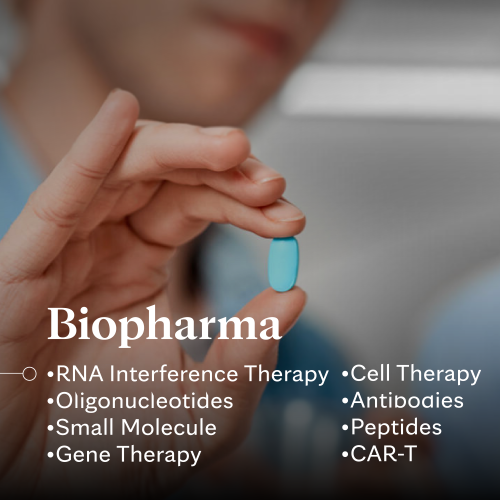
Biopharmaceuticals
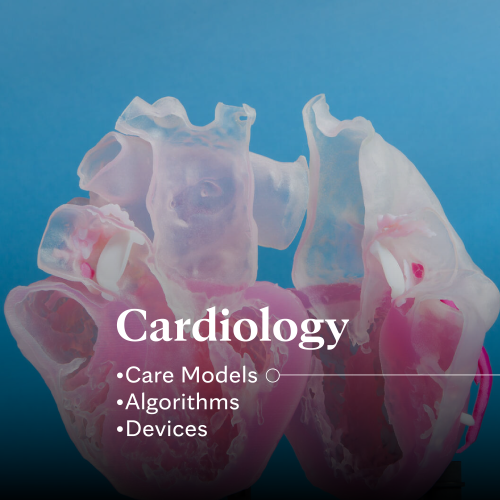
Cardiology
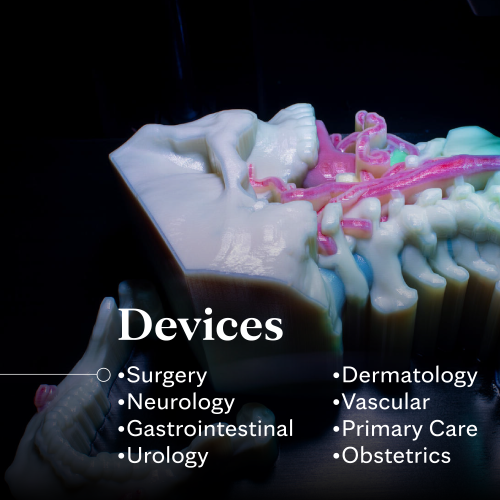
Devices
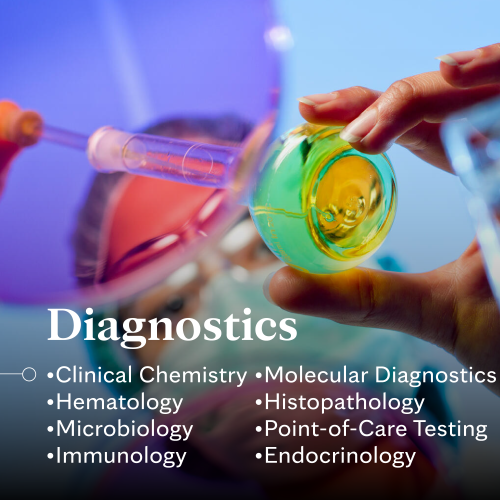
Diagnostics
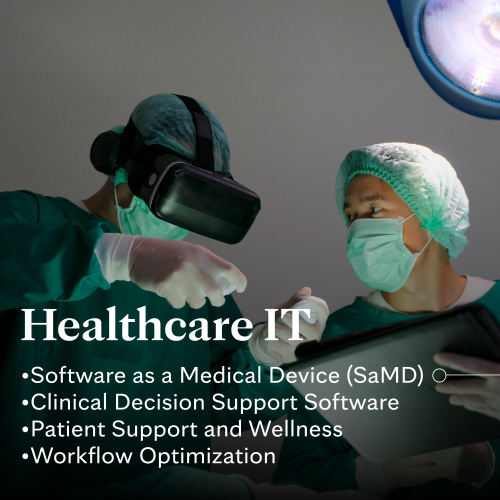
Healthcare IT
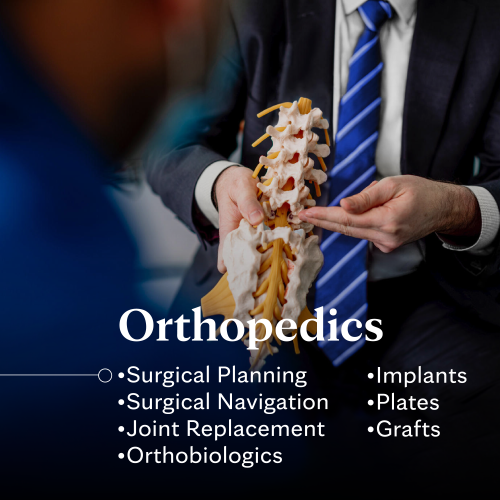
Orthopedics
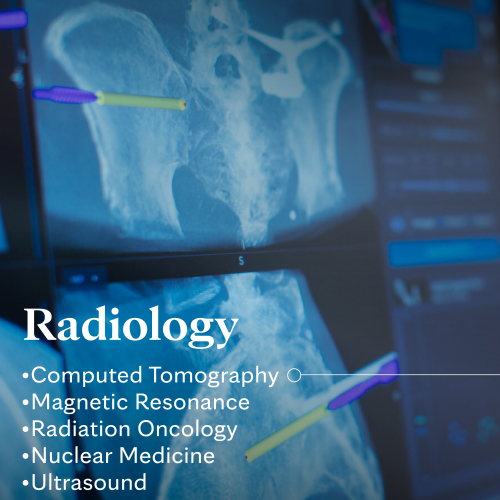
Radiology

Research Tools

Biopharmaceuticals
BMP5 for Tendon Repair and Regeneration
- Summary: The technology is a novel therapeutic approach using bone morphogenic protein 5 (BMP5) to repair and regenerate damaged rotator cuff tendons in the shoulder.
- Application: It works by introducing BMP5 growth factor to the damaged rotator cuff tendon. BMP5 promotes enhanced extracellular matrix production, increased tendon strength, improved tendon gliding surface, and activates cell division and vascularization pathways to facilitate the healing of the rotator cuff.
- Benefits: This technology aims to provide a new solution for patients suffering from rotator cuff tears, tendonitis, and preventive measures against future tears, with improved healing outcomes compared to current treatments.
- Seeking: Development collaboration, licensing

Cardiology
Intraventricular Myocardial Recovery Device
- Summary: An intraventricular implantable device for treating heart failure that offers the ability to augment cardiac function and allow potential myocardial recovery.
- Application: The device is designed to operate in the absence of power, with the structure allowing for minimally invasive transplantation rather than open heart surgery and heart-lung machine support. Implanted within the left ventricle, the device will deploy in a closed form and subsequently expand to rest within the left ventricular cavity.
- Benefits: This device would offer a minimally invasive treatment option for patients with advanced heart failure who may not be a candidate for the current treatment offerings.
- Seeking: Development collaboration, commercial collaboration, licensing
Pulsed Electrical Field for Ventricular Fibrillation
- Summary: A targeted pulsed electrical field system with a minimal thermal footprint.
- Application: The system targets Purkinje fibers that cause ventricular fibrillation with a pulsed electrical field, with the goal of interrupting ventricular fibrillation and reestablishing a heart’s normal rhythm.
- Benefits: This technology focuses on treating ventricular fibrillation and lowering the risk of sudden cardiac death.
- Seeking: Licensing

Devices
SUI Device
- About: A urethral delivery device that allows for minimally invasive therapeutic treatments for stress urinary incontinence (SUI) in women.
- Application: This device creates microinjuries along the length of the urethra allowing for more efficient uptake of regenerative therapies to improve sphincter function in females.
- Benefits: Potential to improved SUI treatment outcomes and a better quality of life for female patients suffering from this condition.
- Seeking: Licensing
Vacuum Sponge
- Summary: A novel drainage catheter designed to treat anastomotic leaks by sterilizing the leak area, enhancing granulation around the leak cavity, and speeding up the healing process.
- Application: Used similarly to a standard drainage catheter, this technology addresses both the infection around the wound site and in the fluids by delivering non-thermal electroporation.
- Benefits: Potential to decrease the length of hospital stays, the likelihood of re-admission, and overall mortality rates.
- Seeking: Licensing or development partner

Diagnostics
Biomarkers for CRPC
- About: Researchers at Mayo have identified six polypeptides that can be used to identify castration resistant prostate cancer (CRPC).
- Application: CRPC patients treated with enzalutamide typically show significant improvement in survival, but there is a subset of patients that develop resistance to this drug. Analysis using these biomarkers allows medical teams to see CRPC patients would better respond to other treatment options without time lost to trial and error.
- Benefits: These findings can help identify patients with CRPC who will better respond to alternative forms of therapy, filling an unmet need in the management of CRPC.
- Seeking: Development collaboration
KATP channel profiling
- Summary: A genetic diagnostic tool that indicates whether patients have a polymorphism in an ATP-sensitive potassium (KATP) channel that has been associated with the heart’s poor response to stress.
- Application: Diagnostic tests run to determine a heart’s innate ability to tolerate stress, which is used to inform physicians to a patient’s genetic risk disposition toward heart failure.
- Benefits: By integrating KATP channel profiling with existing practices, risk stratification can be significantly improved, offering a promising avenue to predict and manage the risk for those most susceptible to heart failure development.
- Seeking: Licensing

Healthcare IT
American Society of Anesthesiologists (ASA) Scoring Tool
- Summary: A software tool that uses natural language processing (NLP) algorithms and ICD-10 codes to identify relevant conditions in an effective and efficient way.
- Application: Using NLP algorithms and ICD-10 codes, the tool reviews the patient’s electronic health record (EHR) and identifies relevant comorbid conditions to provide a recommended ASA score easily accessible within the EHR.
- Benefits: Surgery teams can use this tool to inform safer and more effective delivery of anesthesia during procedures.
- Seeking: Licensing
Neurological Tracking for Seizure Monitoring
- Summary: A system that enables comprehensive tracking for neurologic indications, allowing for improved seizure monitoring of treatment efficacy.
- Application: A portable device monitors implants that track multiple different indicators of neurological activity in real time, allowing for highly accurate, synchronized tracking of otherwise unseen data leading up to, during and after seizures.
- Benefits: This multimodal approach provides real-time data to enable the development of risk-based medication management.
- Seeking: Licensing

Orthopedics
Vertebral Tether
- Summary: A system and surgical tool for treating scoliosis through anterior vertebral body tethering, which uses a tether to apply tension to correct spinal curvature.
- Application: The surgeon attaches vertebral screws to the spine and then uses the surgical tool to connect the tether to these screws. By manually actuating the tool, tension is applied to the tether, gradually correcting the curvature of the spine.
Benefits: Offers a minimally invasive treatment option for scoliosis, particularly for patients with severe spinal curvature. Compared to traditional spinal fusion surgery, this technology can potentially reduce recovery times, patient discomfort, and treatment costs while maintaining a higher degree of patient mobility. It also allows for precise and controlled tether tension, which can lead to improved patient outcomes. - Seeking: Licensing
Orthopedic Surgery Artificial Intelligence Laboratory (OSAIL) System
- Summary: A generative AI model to predict and visualize the outcomes of various surgical approaches in hip and knee arthroplasty.
- Application: The model generates synthetic radiographs, allowing for the visualization of multiple virtual surgeries and post-operative outcomes. Synthetic images promise glimpses into the past and future for a patient, guiding optimal surgical approaches for your body or predicting the progression of a disease without intervention.
- Benefits: Enhanced visualization can better inform the surgeon in their surgical choices while simultaneously increasing patient understanding of the procedure prior to surgery.
- Seeking: Development collaboration

Radiology
qHDMI
- Summary: Ultrasound technology to detect and diagnose malignancy without using imaging contrast.
- Application: Collect ultrasound images along with Mayo Clinic’s proprietary software to detect, diagnose, and predict cancer within the patient.
- Benefits: Other methods to detect and diagnose cancer are invasive and costly compared to using ultrasound, i.e. having to take biopsies or use a more advanced scanner like an MRI. This approach does not require contrast agent to enhance the image thus saving time and costs to the patient as well.
- Seeking: Licensing
- Additional Information:
Breast Cancer Imaging and Navigation
- Summary: A technology package using high fidelity imaging and historical analytical data to inform treatment plans for breast cancer patients.
- Application: This system takes data gathered during screening and treatment and compares it to Mayo Clinic’s ever-improving database to provide better understanding of relative patient disposition and comparative analysis of treatment options.
Benefits: Provides the radiologist with up-to-date insights and statistics, improving decision-making. Real-time analysis helps create an optimal care plan. - Seeking: Licensing

Research Tools
The Mayo Clinic Endoscopic Score (MES)
Also called The Mayo Score, The Mayo Disease Activity Index (MDAI)
- Summary: This questionnaire has been labeled the gold standard by FDA for evaluating ulcerative colitis (UC) patients and is used to assess disease severity.
- Application: Individuals answer the questionnaire to give providers or researchers a consistent method to track the severity of the condition, whether it is improving, declining, or consistent, through the course of treatment.
- Benefits: The questionnaire is often used in research studies where pharmaceutical companies are developing treatments for UC but can be used for everyday tracking of a patient’s symptoms as they undergo treatment.
- Seeking: Licensing
- Additional Information:
MPN-SAF
- Summary: A questionnaire to help track symptoms for individuals with Myeloproliferative Neoplasms (MPNs).
- Application: Individuals answer the questionnaire, whether for clinical trial or clinical use, several times throughout the course of study or treatment to provide consistent information on if their symptoms improve or worsen.
- Benefits: Easy format
- Seeking: Licensing
Know-how

Mayo Clinic offers access to the expertise of its world-class physicians and researchers through know-how agreements. These licenses allow collaborators to apply Mayo Clinic’s specialized knowledge to develop, improve or manufacture products and services.
In addition to know-how, agreements may include related materials such as patents, cell lines, mouse models, assays, protocols, or software to support replication and further innovation.
Leverage Mayo Clinic’s know-how to advance your technology.
Copyrighted Materials
Mayo Clinic offers a wide range of Clinical Outcome Assessment (COA) tools designed to support both clinical practice and research initiatives.
These tools are available for licensing to promote innovation in patient care and evidence-based research. A formal license is required for any use of a COA in industry-sponsored studies.
Explore Mayo Clinic’s most widely used COA tools.
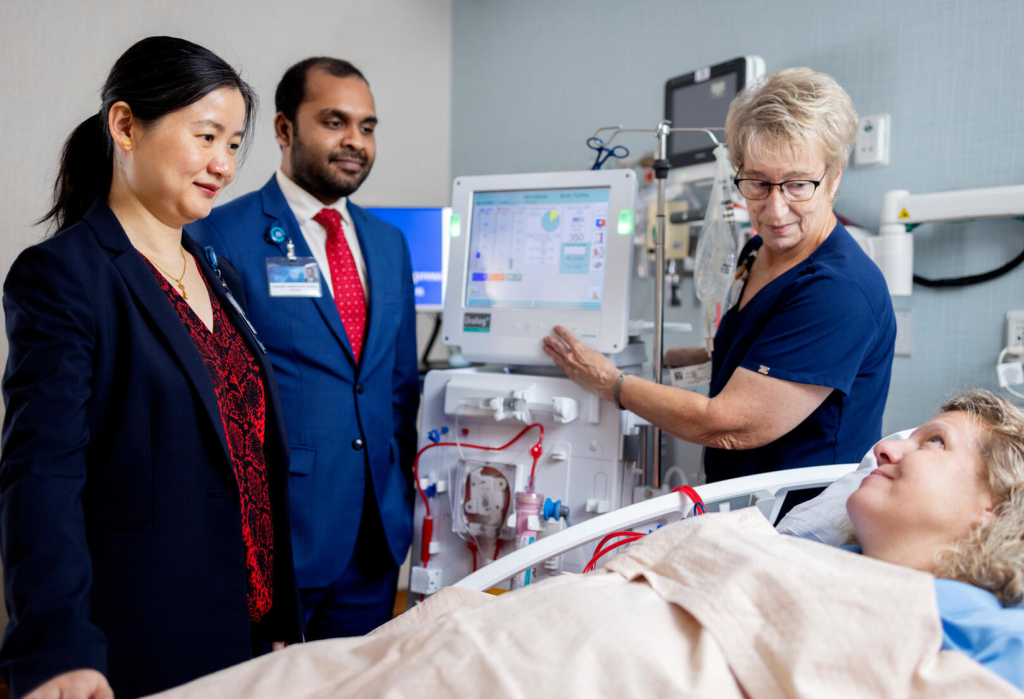
Strategic collaborations
Our team plays a critical role in advancing the institution’s strategic growth. Our Business Development staff identify, evaluate and execute high-impact business opportunities that align with Mayo Clinic’s mission and vision. By combining deep industry expertise with Mayo Clinic’s commitment to innovation and patient care, the team ensures each opportunity contributes to long-term value and transformative healthcare impact.

Business Development staff are ready to discuss available technologies, services, and opportunities to collaborate with Mayo Clinic. Providing detailed information helps ensure your request receives a quick response.
To get in touch, please fill out the form below.
Subscribe to our e-newsletter for updates on new technologies and industry insights.
